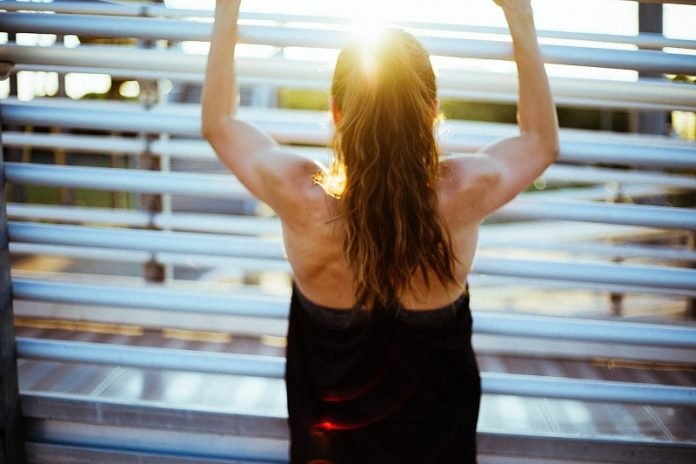
Experts say that older women should have regular bone density tests to screen for osteoporosis. But it’s been unclear how often to repeat the tests.
A recent study suggests that women with healthy bone density on their first test might wait 15 years before getting rescreened.
More than 40 million people nationwide either have osteoporosis or are at increased risk for broken bones because of low bone mineral density (osteopenia).
Osteoporosis is often called a “silent disease” because it usually develops slowly and without symptoms until a fracture occurs.
When early screening detects low bone mineral density, patients can try lifestyle changes or therapies to protect their bones.
To help develop guidance on how often to repeat bone density tests, NIH-funded scientists studied nearly 5,000 women ages 67 and older.
When the study began, none of the women had osteoporosis, hip or spine fractures or past treatment with osteoporosis medications.
The researchers found that less than 1% of women who initially had normal bone mineral density went on to develop osteoporosis during the study.
Only 5% of those with mildly low bone density at the start made the transition to osteoporosis.
“If a woman’s bone density at age 67 is very good, then she doesn’t need to be rescreened in 2 years or 3 years, because we’re not likely to see much change,” says lead researcher Dr. Margaret Gourlay of the University of North Carolina at Chapel Hill.
“Our study found it would take about 15 years for 10% of women with normal or mildly low bone mineral density to develop osteoporosis. That was longer than we expected, and it’s great news for this group of women.”
Age, past fractures, medications and specific diseases can increase osteoporosis risk. These factors also affect how often a woman should be tested.
If you care about bone health, please read studies that plant-based diets can harm your bone health without these two nutrients, and this bone problem may strongly increase COVID-19 death risk.
For more information about health, please see recent studies that too much of this vitamin may increase your risk of bone fractures, and results showing this type of exercise may protect your bone health, slow down bone aging.



